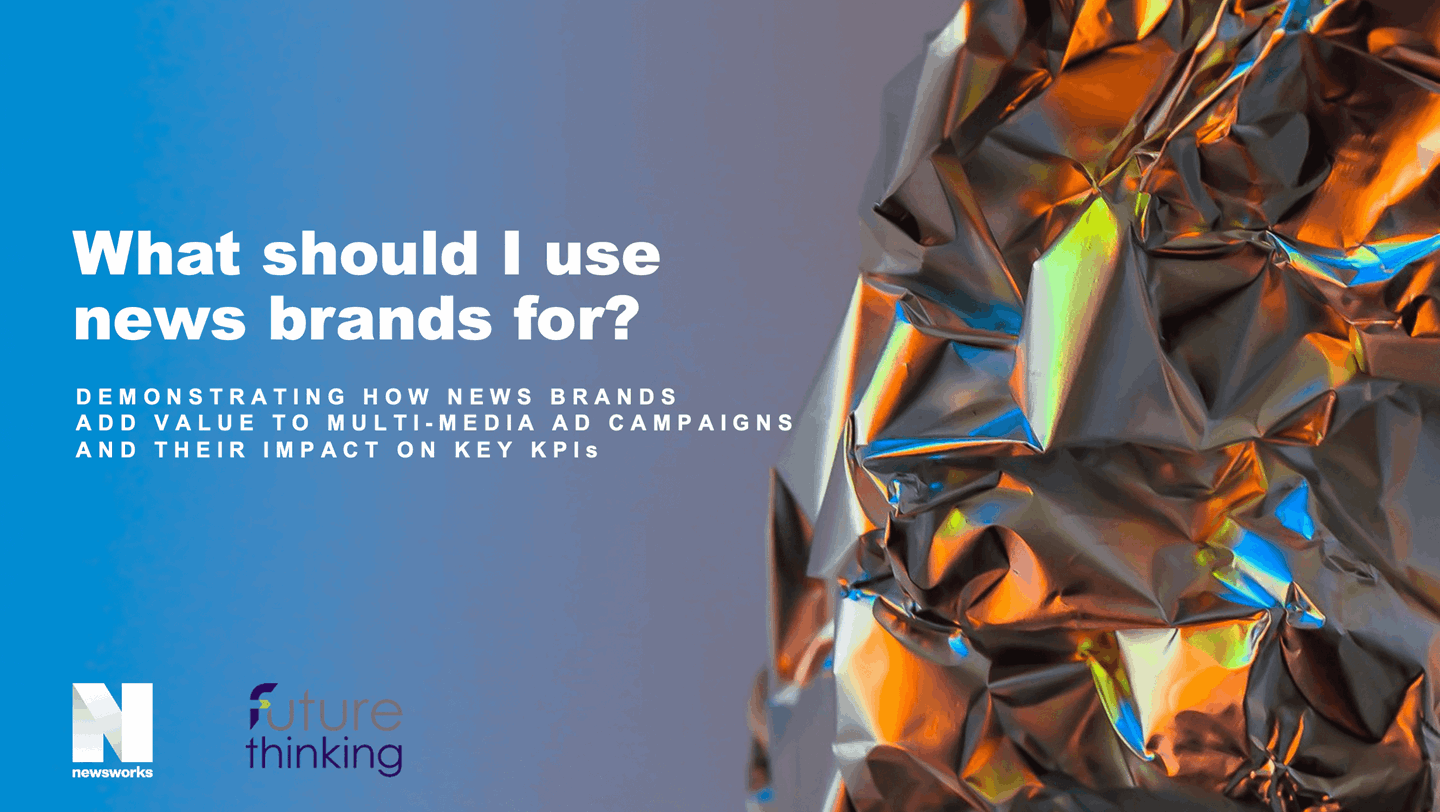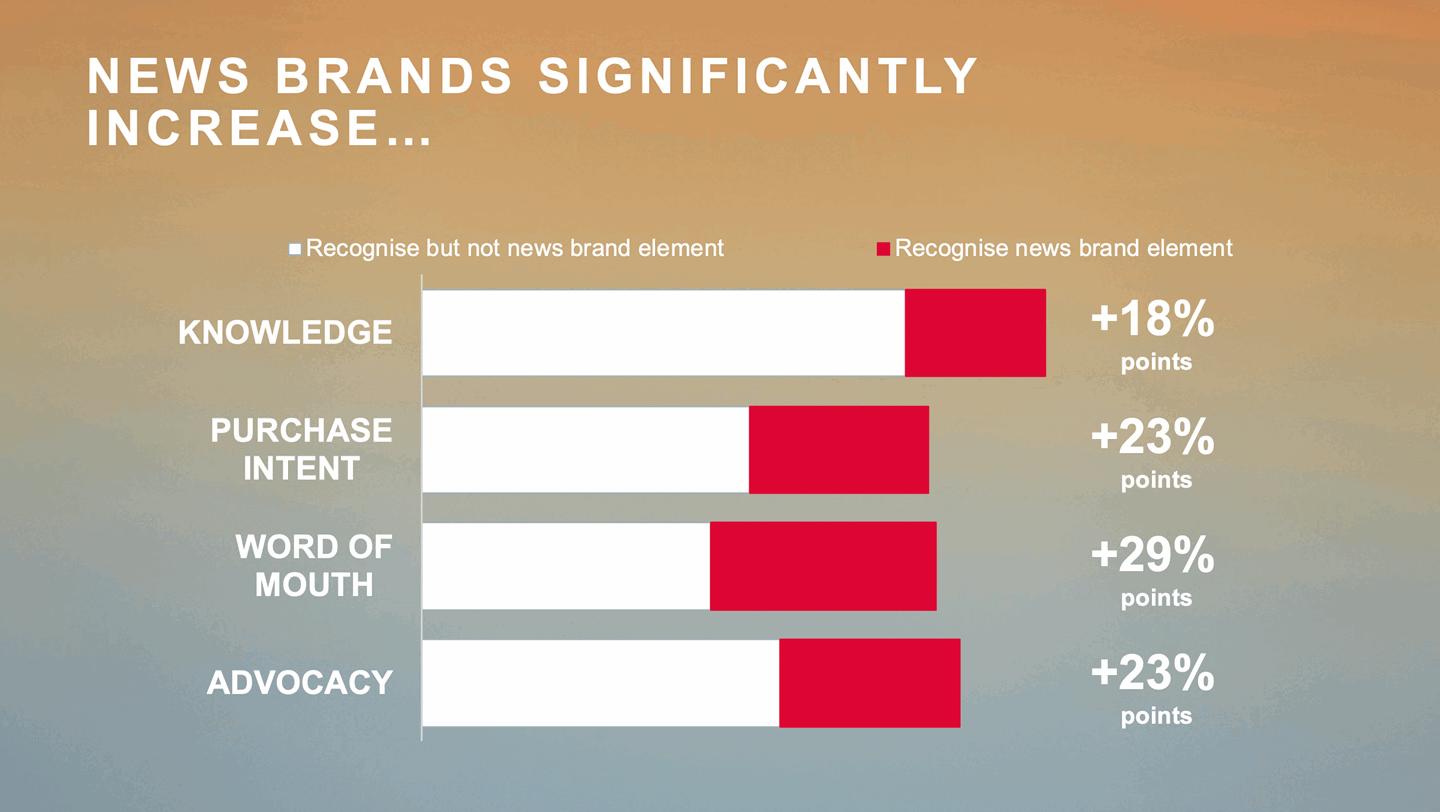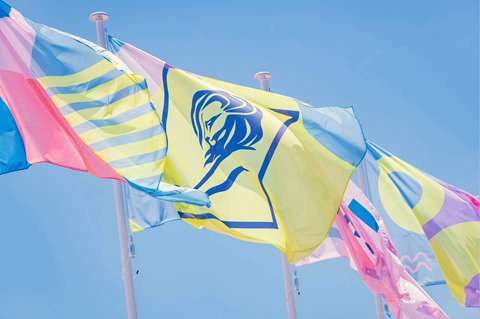Power of print at a glance
- Average campaign awareness 46%, but 54% among news brand readers
- Key message take-out 91% for news brand readers, compared to 84% for total sample
- Though TV was pre-eminent in driving awareness, print news brands were second and digital news brands out-performed outdoor, magazines, social and other digital
News brands have had a bad rap over the last decade. Newspapers have been written off as old, declining media, out of touch with modern audiences. Despite the huge growth in digital audiences for news brands, they still haven’t been perceived as shiny or new enough. The lure of social media and new types of influencers has been too strong.
Surveys show that both marketers and agencies view news brands as low in the pecking order for both brand building and sales effectiveness.
But the tide may be beginning to turn. There’s increasing evidence that overall ad effectiveness is in decline. Short-termism is damaging longer-term profitability. Too many brands are spending too much targeting people who are already in the market, on the point of buying anyway, and failing to invest in building brand preference among people who might be entering the market further down the line.
Meanwhile, the canny advertiser will know that news brands have actually been growing audiences and improving their effectiveness at driving both long-term and short-term business results. And it’s not just us that says so.
While news brands have been out of fashion, understanding of how they work in a multimedia environment has also declined. Many are unsure of news brands’ role in the media mix or what they should expect a news brand ad to achieve. This is especially true for print. If TV does awareness and appeal and online delivers immediate response, what is the job for news brands?
Newsworks partnered with Future Thinking to measure exactly which brand KPIs are most affected by news brands across 14 multi-media campaigns. We wanted to know how both print and digital platforms improve brand health measures, above and beyond the other media used. We wanted to know which media combinations worked best on each measure and how many media platforms were needed to make a difference. We used Future Thinking’s Behaviour Change Model to help predict how including news brands in advertising campaigns will affect people’s behaviour along the purchase journey.






